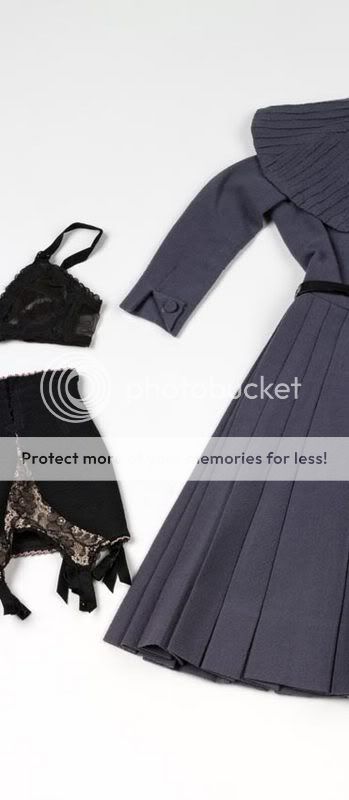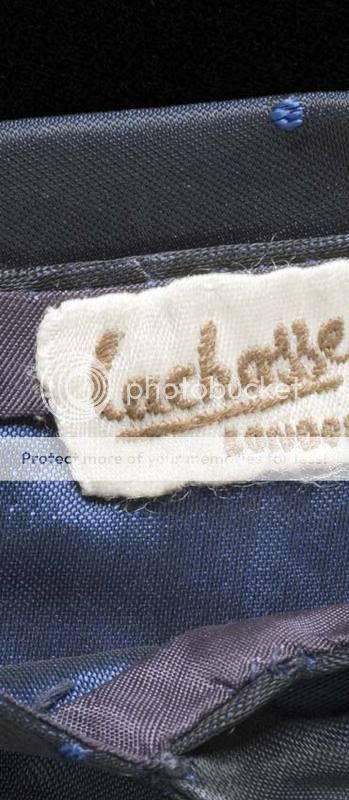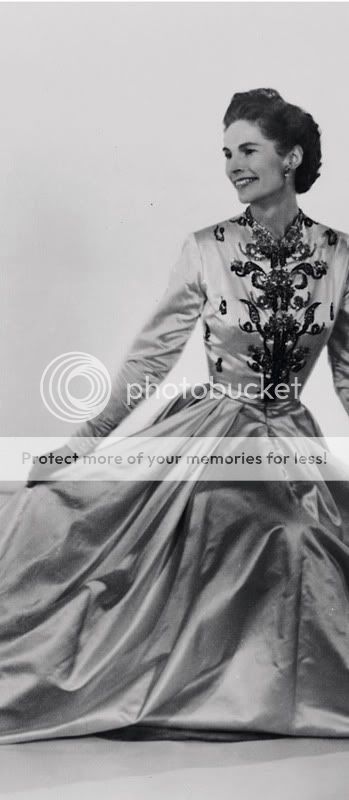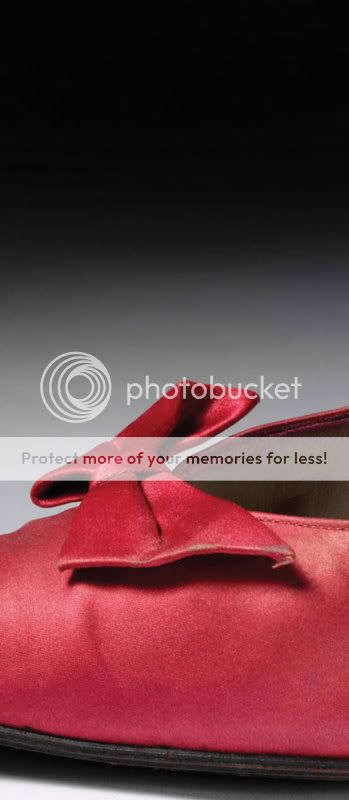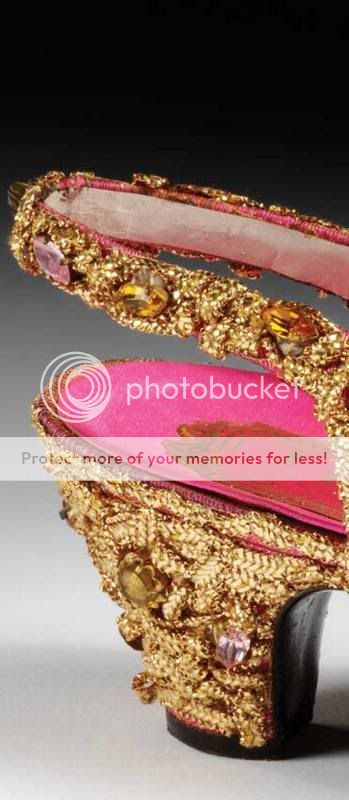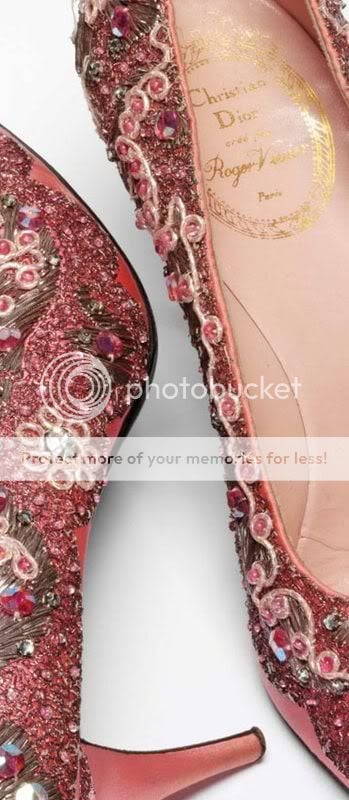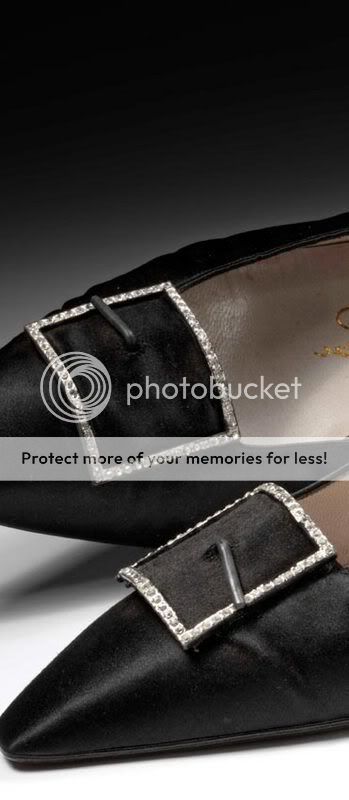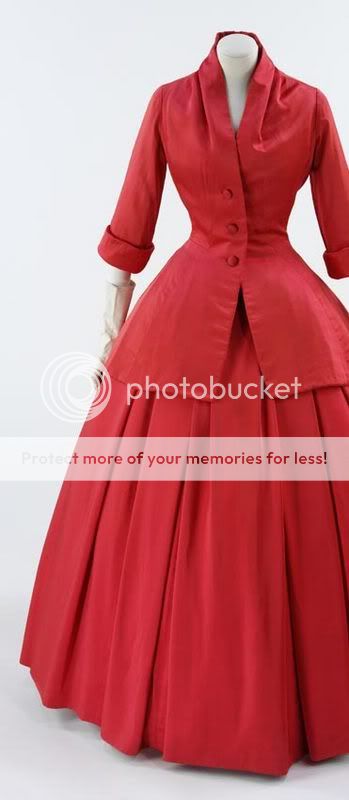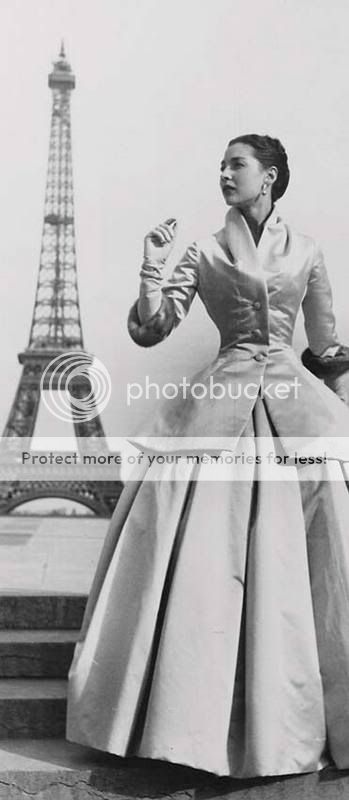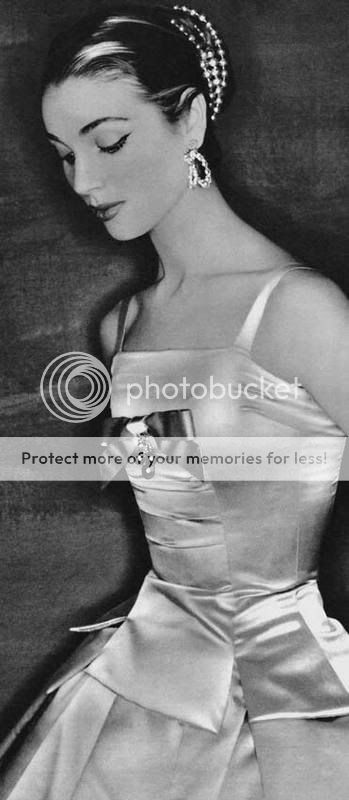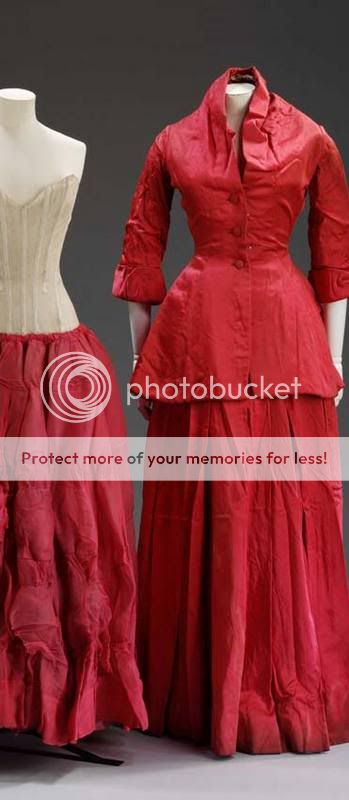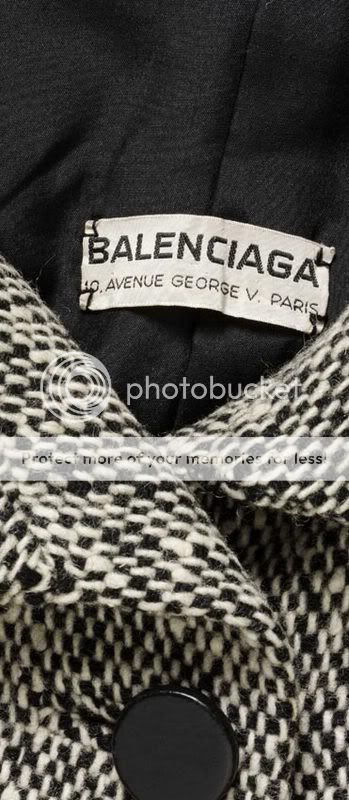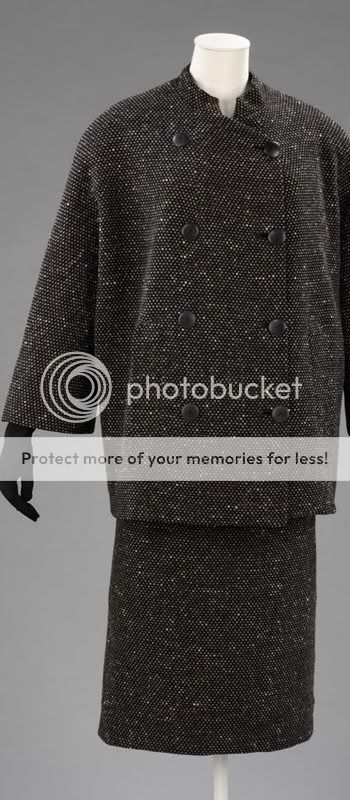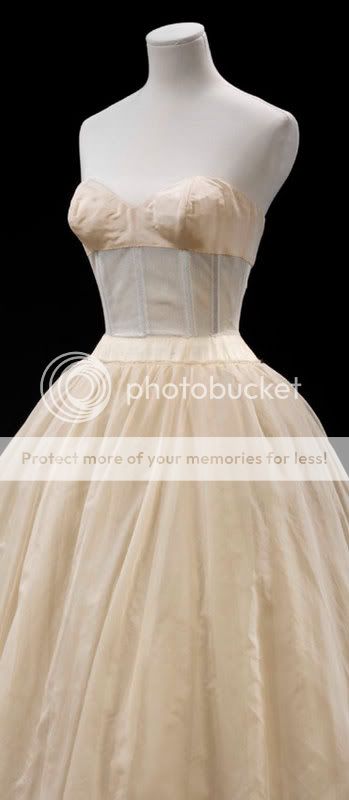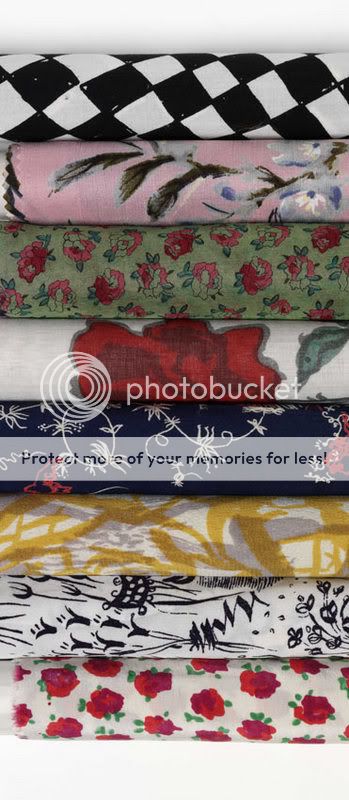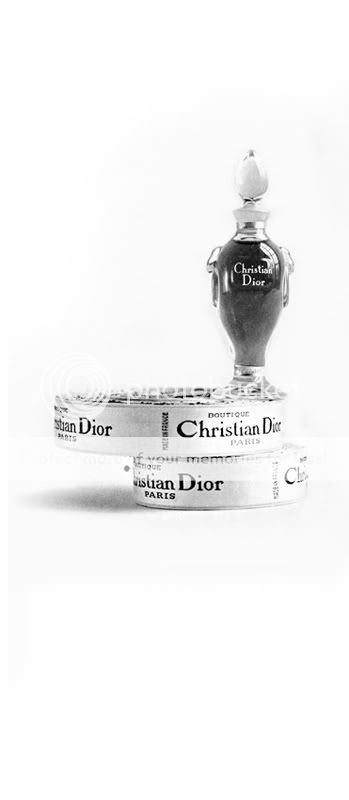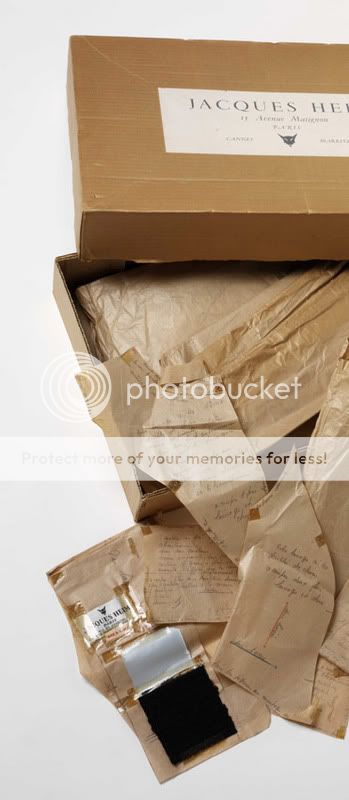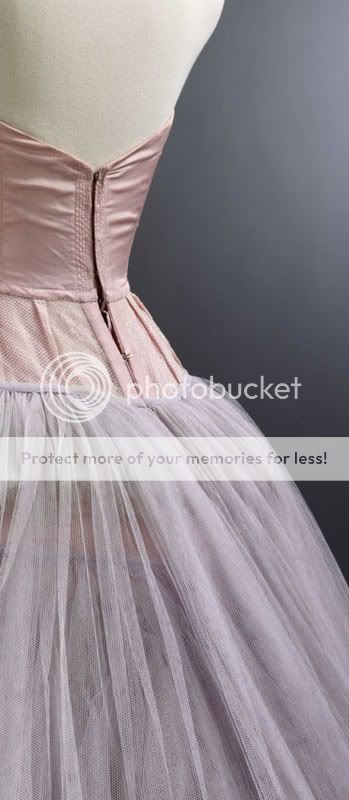Inside the World of Couture
This section focuses on the production of couture. Each house was named after its creator and had a characteristic style. Some lasted for generations; others only as long as their founders were alive.
A leading house such as Dior employed hundreds of people. On the ground floor there was a boutique and upstairs a luxurious grand salon for showing the seasonal collections. A personal saleswoman (vendeuse) attended to each client, while fitters, tailors and seamstresses toiled away behind the scenes.
The London couture trade took Paris as its model. Many British designers trained in Paris, and although London could not compete in terms of output, its fashion and textile industry became increasingly profitable. For France, the couture industry was vital to the economy. In 1949 Dior alone provided 5% of France's national export revenue.
Paris Dressmaking
The Paris dressmaking schools, Les Ecoles de la Chambre Syndicale de la Couture Parisienne, were established in 1929 to train a skilled workforce of petit-mains (seamstresses) for France's vast fashion industry.
In the early 1950s, a leading Paris house would typically employ between 500 and 850 staff in the different departments. In the flou workshops, dressmakers worked delicate fabrics entirely by hand to create blouses, skirts and dresses. Dior described them as having 'doigts de fées' - fairy fingers.



